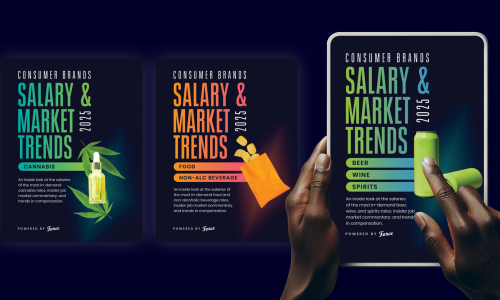The wine and spirits industry has changed dramatically over the last decade, namely due to sweeping global trends like consolidation and the influence of the health and wellness movement. Today’s market is largely dominated by a handful of top brands that are focused on appealing to more health conscious consumers. As a result, low-alc beverages are gaining in popularity. The increased consumption of cannabis, a healthier alternative to alcoholic drinks, is also causing waves in the wine and spirits industry. But amid all these changes and challenges, the industry has largely succeeded in attracting and retaining top talent to sustain its massive footprint.
As part of our 2019 Talent Market Report, we’re pleased to introduce you to our specialized wine and spirits edition that explores the most popular incentives currently being offered; insights into what’s ahead for 2020; retirement benefits and leave averages; relocation package offerings; alternative incentives when unable to match desired salary; annual raises and variable pay incentives; and fair market compensation data.
We surveyed more than 500 full-time professionals across the consumer products industry to examine the CPG talent market in more detail. This report looks at the data from the wine and spirits respondents who make up 14 percent of the total participants surveyed. Our respondents — hiring decision-makers including leaders at the Director, President/VP/SVP, C-suite level — were recruited to gather compensation and hiring data.
Some highlights from our data include:
- Compensation inside the wine and spirits industry is competitive. Industry raises average 8 percent — a 2 percent decrease from CPG’s cross-industry average, but above the national average of 3 percent.
- 60 percent of large companies (that generate more than $50 million in annual revenue) offer pension plans, demonstrating the industry’s established presence.
- Wine and spirits companies of all sizes offer alternative incentives if unable to meet a candidate’s desired salary requirements. Small companies (that generate less than $50 million in annual revenue) are most likely (40 percent) to offer flexible schedules as well as other cost-effective incentives like free products and customizable job titles.







